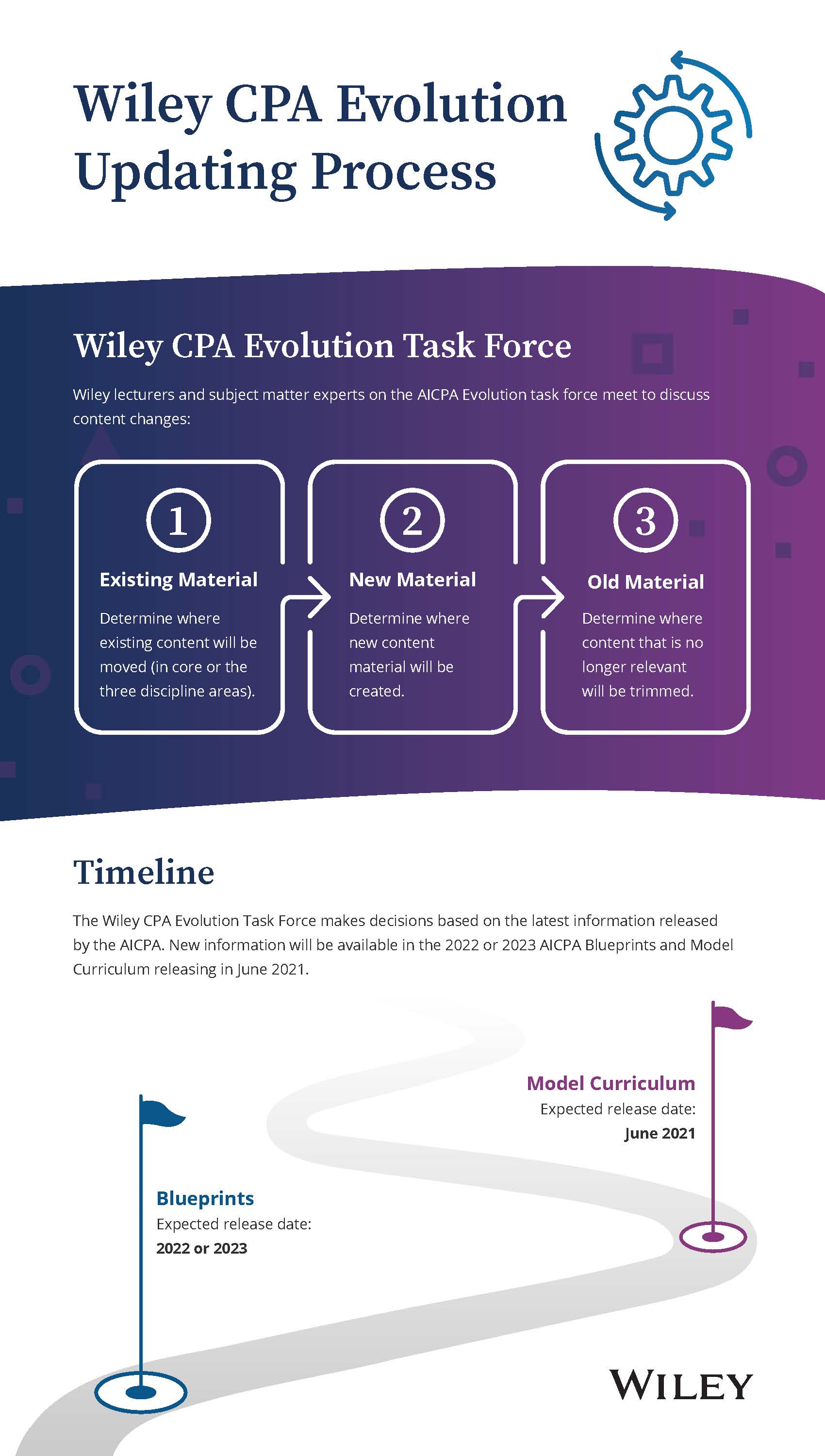4-general-tips-for-writing-good-multiple-choice-questions
August 16, 2019
As with any other assessment, multiple-choice tests should yield fair and truthful information on what students have learned. The list below offers suggestions for writing fair and truthful multiple-choice items (Paniagua & Swygert, 2016; Parkes & Zimmaro, 2016; Haladyna, 2015) that follow two basic precepts.
Remove all the barriers that will keep a knowledgeable student from answering the item correctly. Students who have truly learned the concept or skill that an item assesses should choose the correct answer.
- Keep each item as concise as possible. Short, straightforward items are usually easier for students to understand than complex statements. Avoid irrelevant material, digressions, and qualifying information unless you are specifically assessing the skill of identifying needed information. Don’t repeat the same words over and over in the options; put them in the stem.
- Define all terms carefully. What do you mean by sometimes, usually, or regularly? If you ask “Which bird is largest?” make clear whether you mean largest in terms of wingspan or weight.
- Don’t make the vocabulary unnecessarily difficult. Except for terms you are specifically assessing, keep your vocabulary simple – perhaps high school level. Otherwise, you may unfairly penalize students who have achieved your learning goals but don’t have a strong general vocabulary.
- Watch out for interlocking items in which a student can discern the answer to one from the content of another. Review carefully all items that share similar options. Also, don’t ask students to use their answer to one question to answer another. If they get the first question wrong, they will automatically get the other question wrong as well, even if they have learned the concept or skill assessed in the second question.
Excerpted and adapted from Assessing Student Learning: A Common Sense Guide, 3rd Edition by Linda Suskie. Copyright © 2018, Wiley. All rights reserved.












